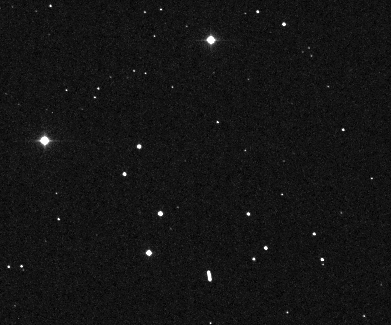
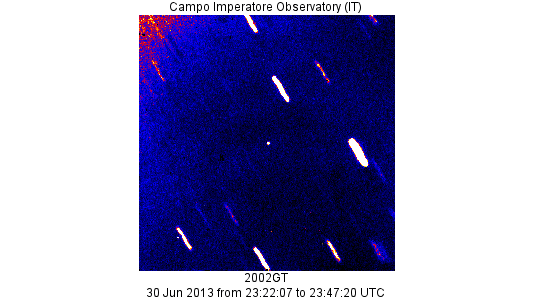
Asteroid in infrared
Thank you for liking
You have already liked this page, you can only like it once!
Infrared observations were obtained after Earth flyby of asteroid 2002 GT on 30 June 2013. In this image, acquired 22:22:07–23:47:20 UTC, the telescope is tracking the apparent motion of the asteroid so that the object remains in the middle of the field while the background stars appear to move (this technique is normally used to detect very faint and fast objects). The images were taken in J-band wavelength with an exposure time of 300s by the AZT-24 telescope at the observatory of Campo Imperatore. The AZT-24 is a Ritchey-Cretien telescope with a primary mirror diameter of 1.10 m, equipped with a near-infrared camera (wavelength range 1–2.5 μm).
The observations were coordinated by ESA’s asteroid centre in Italy, and should prove crucial for a future spacecraft rendezvous.
-
CREDIT
Campo Imperatore Observatory -
LICENCE
ESA Standard Licence
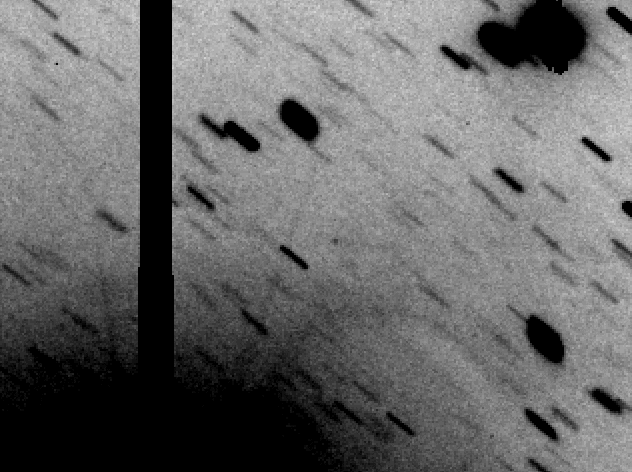
Asteroid
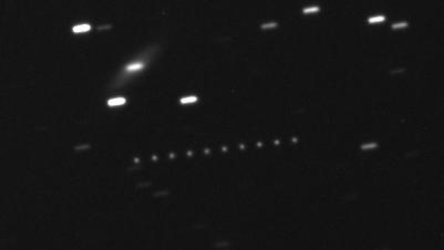
Asteroid 2002GT
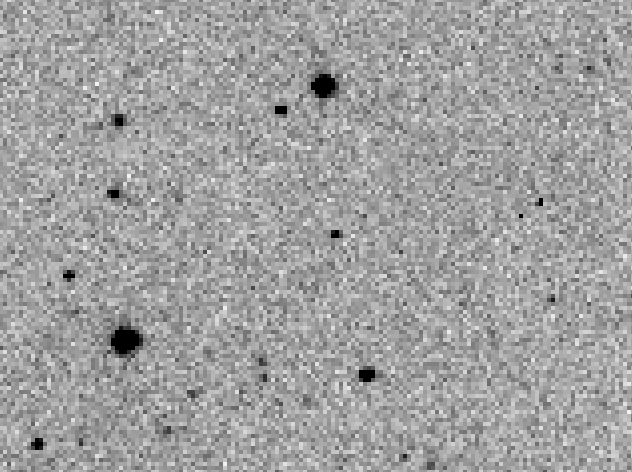
Halloween asteroid
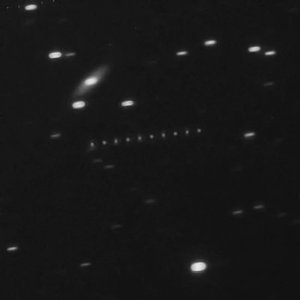
Asteroid 2002 GT
